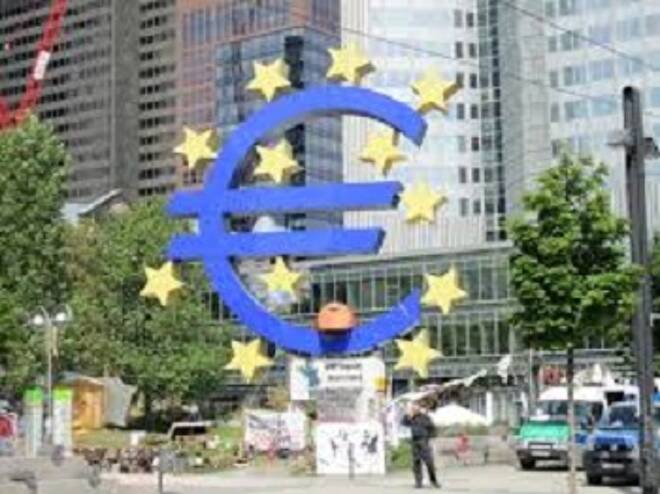Advertisement
Advertisement
GDP up by 0.3% in both Euro Area and EU28
By:
Eurostat have reported positive figures in a flash estimate for GDP for the fourth quarter of last year, as GDP was thought to have increased by 0.3% in
Eurostat have reported positive figures in a flash estimate for GDP for the fourth quarter of last year, as GDP was thought to have increased by 0.3% in the euro area, and across the European Union.
The figures were stable compared to growth for the third quarter of 2015, as GDP also grew by 0.3% in the euro area, and grew by a slightly higher 0.4% in the European Union.
A year on year comparison, revealed that seasonally adjusted GDP rose by 1.5% in the euro area, and by 1.8% in the EU28 in the fourth quarter of 2015.
For the whole of last year, GDP rose by 1.5% in the euro area, and increased by 1.8% in the European Union.
In contrast to the previous quarter, the highest growth figures were found in Poland and Romania, who posted a rise of 1.1% in their GDP’s.
They were followed by Slovakia and Hungary, as they both reached 1% of growth.
Out of the traditionally strongest economies in Europe, the United Kingdom achieved the highest amount of expansion of 0.5%, Germany’s growth was 0.3% for the quarter, and France were just behind with 0.2%.
Spain reported a healthy growth rate for the quarter of 0.8%, alongside Bulgaria who accelerated at the same pace.
Unsurprisingly, Greece held the title as the worst performer, as their contracted by 0.6%.
Finland suffered a huge slide in their economic fortunes for the third quarter of last year, with a minus score of 0.6%. They have limited the damage in the latest figures, as their economic dip eased down to 0.1%.
It remains uncertain whether the latest figures, will be effective in countering deflationary pressures.
As the European Central Bank wishes to push inflation from its current level of 0.4% up to their target of 2%.
Euro Still High but Slips Against the US Dollar
The euro has weakened slightly to the US dollar this morning GMT, and is currently buying $1.12, down from just over $1.132 at the beginning of the day.
However, the euro still remains in a stronger position against the greenback that it has been since October.
Many analysts believe that the euro has increasingly positioned itself as a funding currency, where the low interest rates set by the European Central Bank, allows investors to borrow at a low rate to fund high yield speculations.
According to Nasdaq, oil prices are marginally more encouraging for the US dollar, as today the index revealed that a barrel has risen to $31.63, the highest that prices have been since Monday.
The euro has also fallen against the UK pound, having dropped from £0.782 to £0.777.
As stocks continue to fall in the FTSE, DAX and CAC indexes, with banks again leading the sell off, as confidence in the sector worsened.
So far this year, shares in Credit Suisse have fallen by 42, Deutsche Bank by 38%, and Societe General by 34%, Barclays have fallen 31%, and RBS down 25%
About the Author
Peter Tabernerauthor
Advertisement
